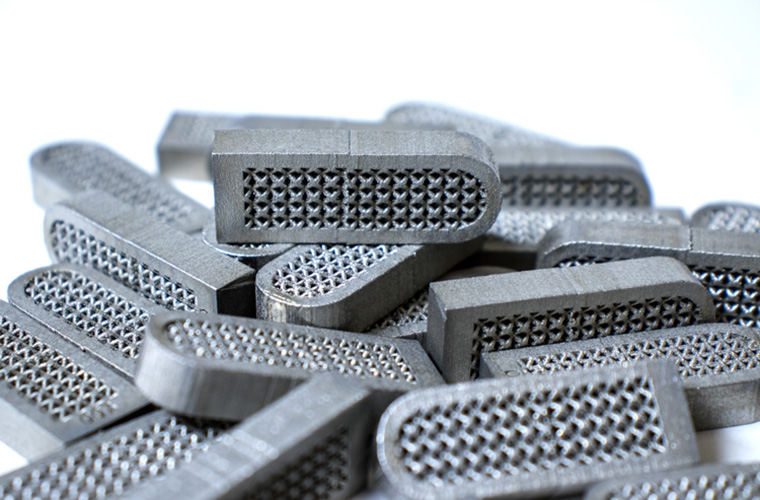Main Menu
- Home
- Product Finder
- Calibration Systems
- Calibration Services
- Digital Sensing
- Industrial Vibration Calibration
- Modal and Vibration Testing
- Non-Destructive Testing
- Sound & Vibration Rental Program
- Learn
- About Us
- Contact Us
 Do you produce additively manufactured metal or ceramic parts requiring 100% inspection? Is CT challenging and expensive? Are you having trouble finding a simpler inspection method to help increase throughput and accuracy? Non-Destructive Testing using Resonant Acoustic Method, NDT-RAM, could be an ideal solution to determining the structural integrity of your additively manufactured parts.
Do you produce additively manufactured metal or ceramic parts requiring 100% inspection? Is CT challenging and expensive? Are you having trouble finding a simpler inspection method to help increase throughput and accuracy? Non-Destructive Testing using Resonant Acoustic Method, NDT-RAM, could be an ideal solution to determining the structural integrity of your additively manufactured parts.
RAM Systems allow producers of additively manufactured metal or ceramic parts to inspect 100% of parts without the challenges and expense of CT.
Additively manufactured:
Providing 100% quality inspection for Additively Manufactured metal or ceramic parts is simplified with NDT-RAM Systems from The Modal Shop. NDT-RAM opens the possibility of fast, safe, clean, and objective whole-body inspection for these parts. Screen for defects in parts created using powder bed fusion, direct laser melting, and other additive manufacturing techniques without the need for extensive operator training or expensive CT testing - just a quick, automated way to test high volume parts using resonant inspection.
Our NDT-RAM engineers understand the need to ensure the quality of both your process and the final product produced. Other inspection methods such as Eddy Current and ultrasonic testing often have issues with the surface roughness and part shape complexity. With an NDT-RAM system, the surface texture of the part isn't a concern, we simply need to impact the part to help you determine if it is within the limits of conformance. NDT-RAM technology allows you to test your parts at any point in the manufacturing process – post-build, post-HIP, post-machining, or post-heat treating.
*Typical part throughput based on part size. May be faster or slower depending on part size and production.